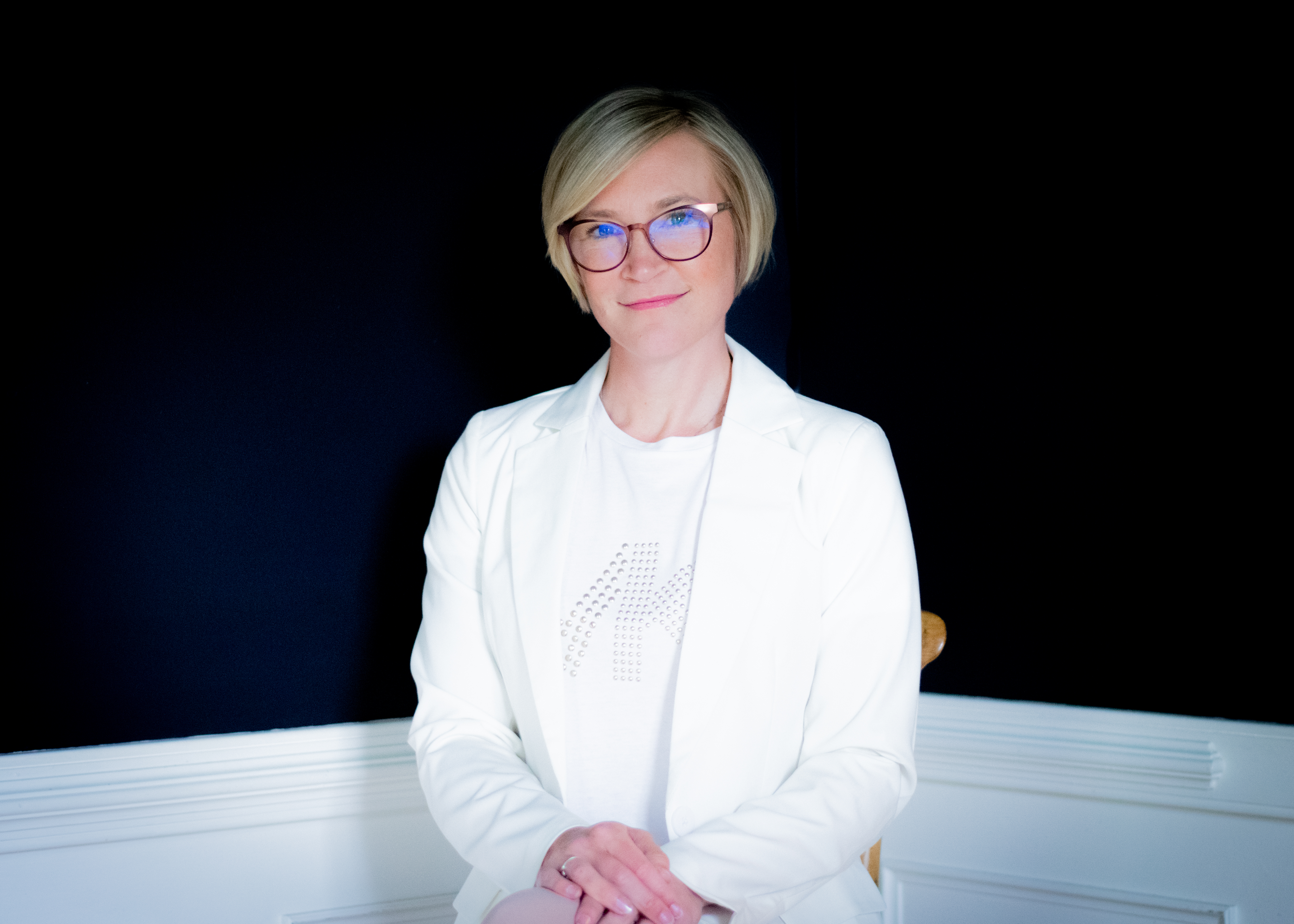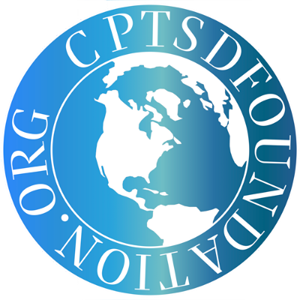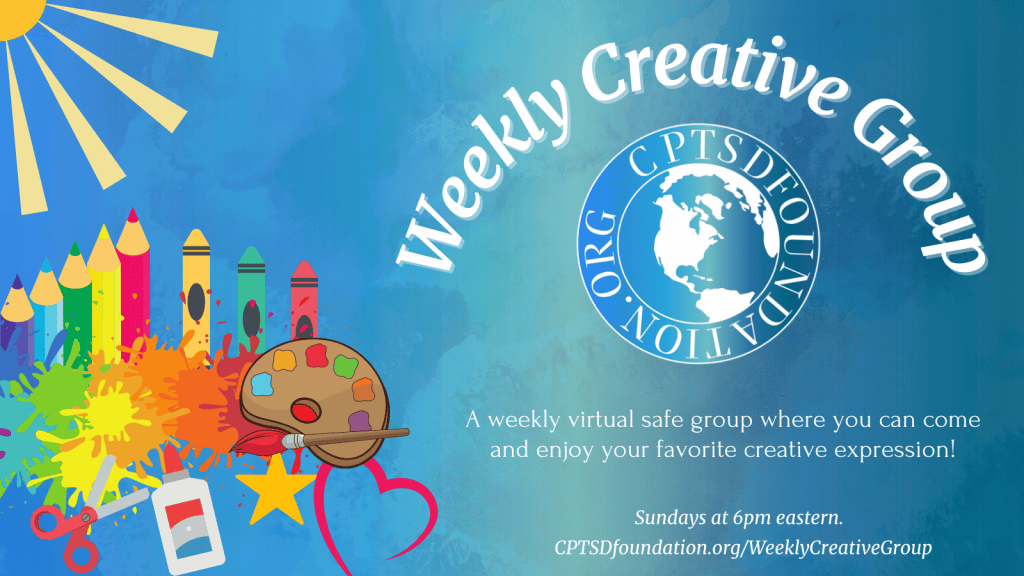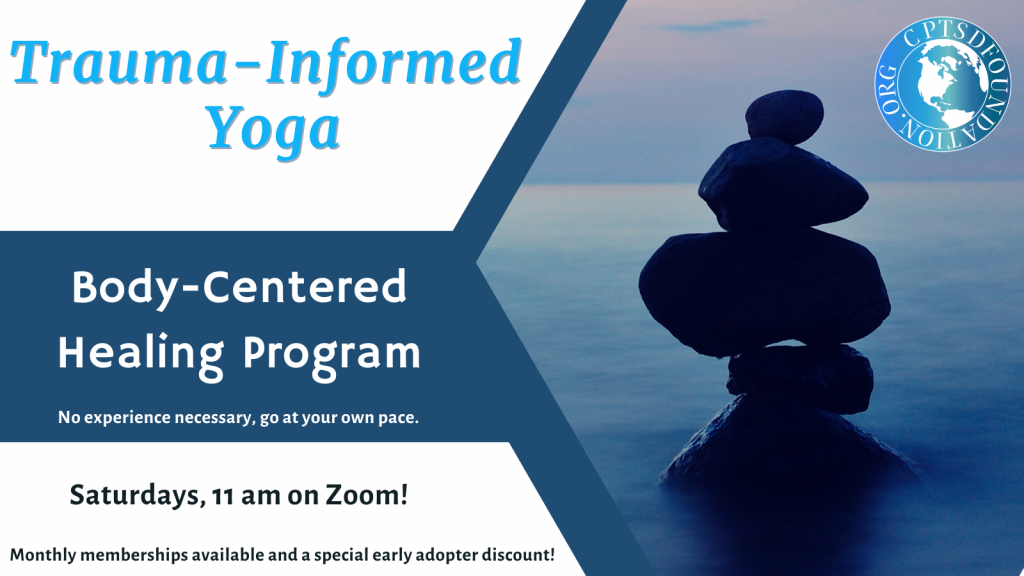Imagine for a moment you were adopted at a young age by loving parents. They were honest with you. Your biological parents existed out there in the world somewhere. When you looked up at the stars you wondered if they stood under the same expansive sky.
Later in life through support and investigation, you found one of your biological parents. The reunion was exciting but difficult. The relationship may not have flourished into what you had hoped but you saw something you’d never seen before. You saw yourself.
I’ve heard people who met siblings or parents later in life describe it. It was like, suddenly, these engrained personality traits and physical characteristics became mirrored in another person they’d never met before. The meeting mattered. It validated their roots; showed them where they came from.
Learning you have Complex PTSD can be a very similar experience.
CPTSD diagnosis creates clarity from confusion
For so many CPTSD survivors, we spend a lifetime unsure why we are the way we are. We were taught to mistrust our thoughts or our instincts. Enduring chronic traumatization over the course of the developmental years can lead to an internal disconnect from the mental and physical systems in our bodies meant to help us navigate life. We become a ghost to ourselves.
So often when it comes to mental health issues, well-intentioned people say, “You don’t need a label. Just be who you are.” I say some of us need labels! It’s like finding that person who mirrors you for the first time in your life; like discovering the source of an echo you’ve heard in the distance for years but could never reach.
CPTSD can cause myriad symptoms in the sufferer like losing memories, reliving the trauma, emotional dysregulation, depression, detachment from self and others, a deep-rooted sense of shame, an inability to trust or connect, hypervigilance, and more. We can be ruled by trauma bonds and experience flashbacks or total dissociation.
Trying to heal when there is no clear map can become an impossible task.
From diagnosis comes a roadmap to recovery
Myriad human beings who underwent chronic traumatization talk about that crystallizing moment when they discovered they suffered from Complex PTSD.
I remember sitting across from my therapist in the early years of our work together. We were new to one another, but she saw something in me I was yet to discover. She gave me little homework assignments like researching dissociation and disorganized attachment. She suggested books to read like The Pocket Guide to the Polyvagal Theory and No Bad Parts.
As I softened and opened my mind to new ideas, I learned that the struggles I faced were more than bad habits or weaknesses. I found the truth always hiding inside me.
In one afternoon session, she explained CPTSD and a lifetime of burden lifted from my very core. It wasn’t my fault. The nervousness, the reactions, the fears I faced – none of it was a fatal flaw in my character. Quite the opposite, all these symptoms suddenly had a home to live in – a word to explain them. She gave me my map.
From five little letters to a lifeless disordered
When I was navigating my daughter’s new Autism diagnosis, I remember someone saying, “If you’ve met one person with Autism, you’ve met one person with Autism.” While we have much in common, no two people are exactly the same. The road to CPTSD recovery takes many forms for many people.
I remember, after years of therapeutic work and group meetings, in one standout session, my therapist said, “Pam, I would not characterize your complex post traumatic stress as disordered anymore.”
CPTSD once disrupted my daily life and functioning. My recovery came from regular talk therapy, EMDR, Internal Family Systems Therapy, and regular meetings of Adult Children of Alcoholics and Family Dysfunction.
I can’t say it was easy to work. Every week, month, and year, I traversed, further along, that map but it all began with the five simple letters: CPTSD.
For so many sufferers, we find the way forward. We discover the truth inside of us. We process and heal from our trauma. We integrate the traits that ruled us through abandonment, fear, and shame into healthy, functional parts that contribute to our well-roundedness.
Recovery is real.
Guest Post Disclaimer: Any and all information shared in this guest blog post is intended for educational and informational purposes only. Nothing in this blog post, nor any content on CPTSDfoundation.org, is a supplement for or supersedes the relationship and direction of your medical or mental health providers. Thoughts, ideas, or opinions expressed by the writer of this guest blog do not necessarily reflect those of CPTSD Foundation. For more information, see our Privacy Policy and Full Disclaimer.

Pamela H. Say is a seasoned fundraiser and executive administrator with over two decades of experience in fundraising, marketing, communications, public relations, government relations, grant acquisition, community development, and operations management. She has managed multi-million-dollar campaigns and led high-performance teams to achieve visionary goals. She is also a five-time nationally published author, blogger, poet, and speaker. As the President of Pamela H. Say LLC, she provides consulting and contract work as well as training in developing a leader-manager culture in organizations. Her signature T.I.M. Principle (Translate, Innovate, Manage) has been featured in the international magazine Advancing Philanthropy.




All of this is so true. Being told I suffered from CPTSD, among other things, due to my traumatic childhood, made me realize that I was not alone and that I could work on healing the damage caused by my abusive childhood.